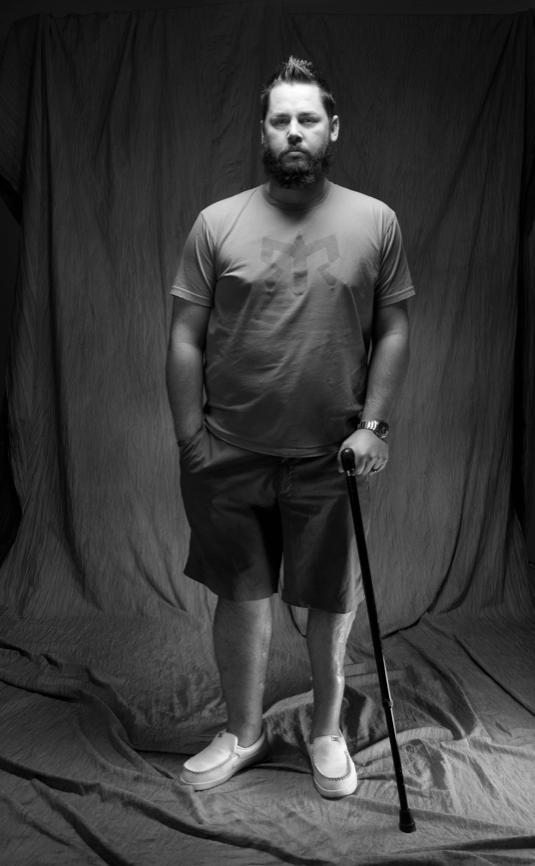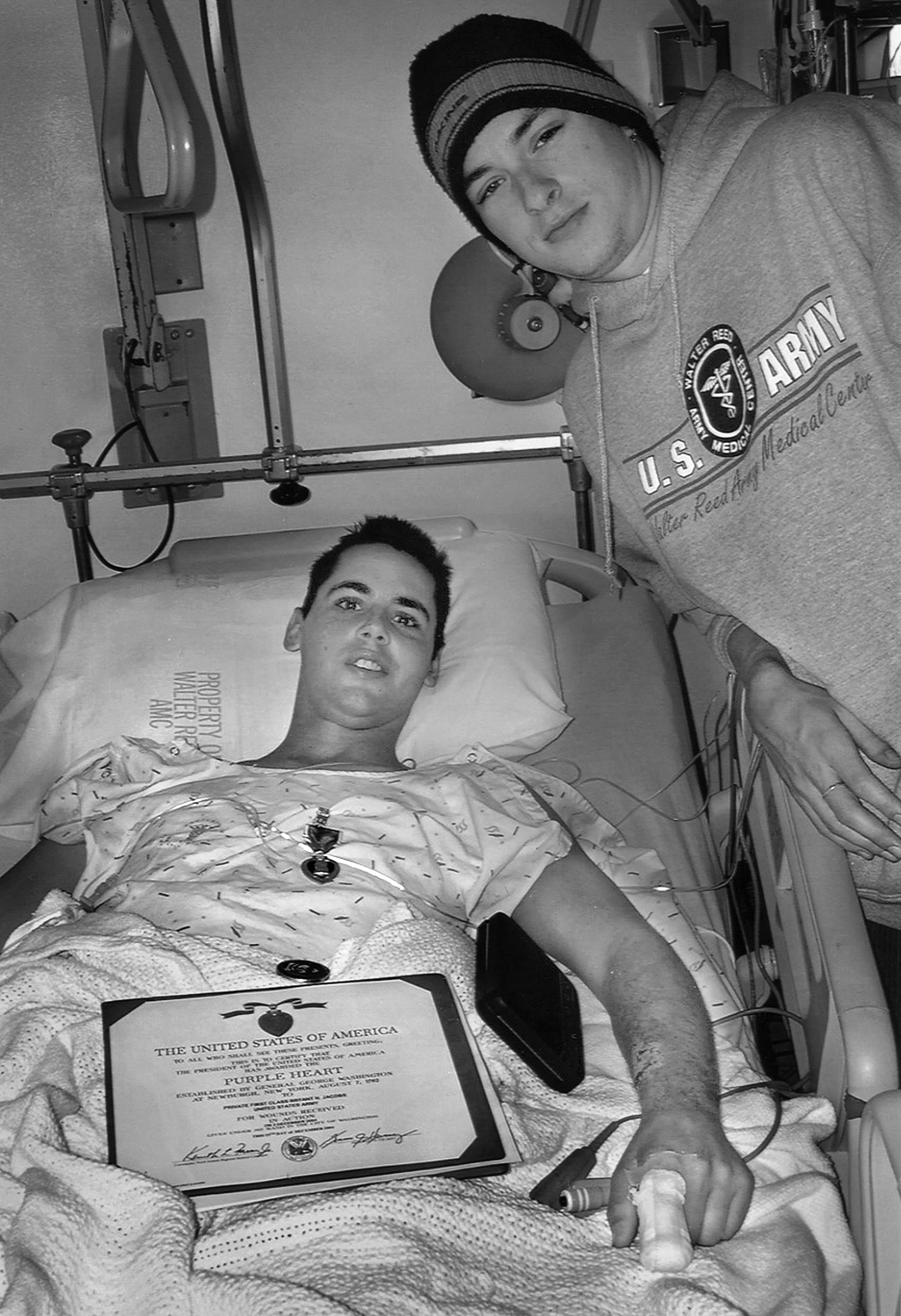Bryant Jacobs expects to soar.
A year after arriving at Walter Reed Army Medical Center, he's still fighting pain and immobility. His legs don't work as they once did and never will.
But he's also come so far. At first he wasn't expected to live; later there were doubts that he'd walk. Now nothing seems impossible.
So, in February 2006, as the Winter Olympic torch is being lighted in Torino, Italy, Jacobs signs on for one of many adventures aimed at helping wounded warriors live fuller lives — a New York snowboarding trip.
He envisions himself cutting back and forth across the slopes, as he did so effortlessly in the canyons near his Utah home.
But that's not how it goes.
When Jacobs falls, he can't even lift himself off the snow.
"I had to have my instructor help me up — and then I'd fall again," he says. "I had been snowboarding for seven or eight years. I was used to being able to go to the top of the mountain, and now I could barely even get off the lift."
When he painfully hyperextends a foot, his instructor gives him a choice: Get down on your own or have ski patrol come get you. Jacobs can't stand, but he can't bear the idea of having to be carried off the mountain. Embarrassed, angry and disappointed, he scoots the rest of the way down on his board like a sled.
The trip is one of many reality checks that will mark the rest of his time at Walter Reed and beyond.
He has graduated from a wheelchair, and then from a walker — but he might always need a cane. The nerve damage in his legs has resulted in a condition called "drop foot," so he'll likely always walk with a limp and a slight dragging of his feet, too.
The damaged nerves around and below his right knee, hypersensitive since the blast, sometimes respond with excruciating jolts to the gentlest of touches. Even pulling on a sock can send shock waves coursing through his leg.
But at least he has his leg.
Three times a week, the medical evacuation flights from Iraq and Afghanistan arrive at nearby Andrews Air Force Base. In each plane, on average, is one person who has already lost an arm or leg or is about to.
"Be grateful," Jacobs tells himself. "It could have been so much worse."



